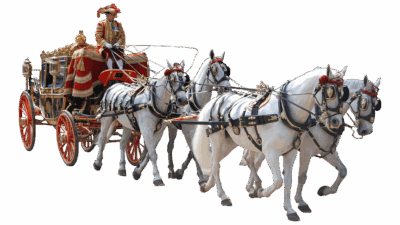As the digital landscape evolves, the world of esports continues to captivate audiences and redefine competitive gaming. Among the myriad of genres influencing this surge, Multiplayer Online Battle Arenas (MOBAs) have emerged as a driving force, shaping not only the dynamics of competitive gameplay but also the structure of professional leagues, team culture, and spectator engagement.
The Rise of MOBAs in Esports
MOBAs, characterized by their team-based strategy and real-time tactical combat, have witnessed explosive growth since the release of titles like Dota 2 and League of Legends. These games emphasize skill, teamwork, and strategy, making them highly appealing to both players and spectators alike.
In recent years, we have watched the esport scene rise from niche communities to global phenomena. The International, hosted by Dota 2, boasts prize pools in the tens of millions, while the League of Legends World Championship attracts millions of live viewers from around the globe. The immense popularity of these events signals the growing legitimacy of esports, with MOBAs often taking center stage.
Investment and Infrastructure: Building a Sustainable Ecosystem
The rapid commercialization of esports, particularly within the MOBA genre, has led to significant investments from venture capital firms, traditional sports franchises, and media companies. With companies recognizing the potential for revenue generation, we see an increasing number of sponsorship deals, merchandising opportunities, and media rights agreements shaping the future landscape of competitive gaming.
Moreover, leagues such as the League of Legends Championship Series (LCS) and the Dota Pro Circuit have set standards for organized play, providing structure and stability that was previously lacking in esports. This infrastructure supports a sustainable ecosystem where players can pursue gaming as a viable profession while ensuring consistent competition for fans to enjoy.
Shaping Competitive Play: Strategy, Skill, and the Meta
The MOBA genre’s intricate blend of strategy and skill has transformed how we perceive and engage in competitive gaming. Strategy in MOBAs is multifaceted, requiring teams to adapt quickly to evolving "metas," which are trends in gameplay that inform how players should approach matches. This constant evolution keeps the competition fresh and exciting, with professional teams needing to innovate continuously to retain an edge.
As teams strategize and practice, unique outplays and unprecedented tactics capture audiences’ imaginations. The iconic personalities of MOBA players, who work tirelessly to hone their skills and develop strategies, contribute significantly to the appeal of esports. Fans become invested not only in the games but also in the players’ journeys, fostering a deep sense of community.
Bridging Communities and Diverse Audiences
One of the most fascinating elements of the MOBA scene is its ability to bring together diverse communities. Unlike more traditional sports, which often rely heavily on geographical boundaries, MOBAs attract a global audience. Players from different backgrounds, nationalities, and cultures unite under the shared experience of competition. This melting pot of ideas and strategies enriches the gameplay experience and fosters a sense of belonging among fans.
Social media platforms and streaming services like Twitch, YouTube Gaming, and TikTok have become pivotal in growing this community. Players and teams use these platforms to interact with fans, provide live commentary, and share highlights, emphasizing the inclusive and interactive nature of esports.
The Road Ahead: Challenges and Opportunities
As we move deeper into the era of competitive gaming, several challenges loom on the horizon for MOBAs. Issues such as player burnout, team stability, and the sheer unpredictability of the meta require ongoing attention. Nonetheless, these challenges also present unique opportunities for innovation.
One potential avenue for growth lies in the integration of emerging technologies. Virtual and augmented reality may reshape how players and fans engage with games, making the experience more immersive than ever. Additionally, blockchain technology could offer new financial models for players, teams, and organizations.
The demand for grassroots tournaments is also on the rise, providing opportunities for aspiring players to break into the professional scene. These events not only nurture new talent but also foster local communities, ensuring the long-term vitality of the esports ecosystem.
Conclusion
The future of esports is undoubtedly bright, with MOBAs at the helm driving much of the growth and transformation. As these games continue to evolve, they reshape competitive gaming by influencing structural dynamics, community engagement, and professional opportunities.
The ongoing fusion of technology, community interaction, and competitive strategy will further transform the landscape, paving the way for subsequent generations of players and fans. As MOBAs continue to redefine what competitive gaming means, they are setting the stage for a legacy that transcends mere entertainment—a legacy that highlights the incredible potential of gaming as a global cultural phenomenon.

